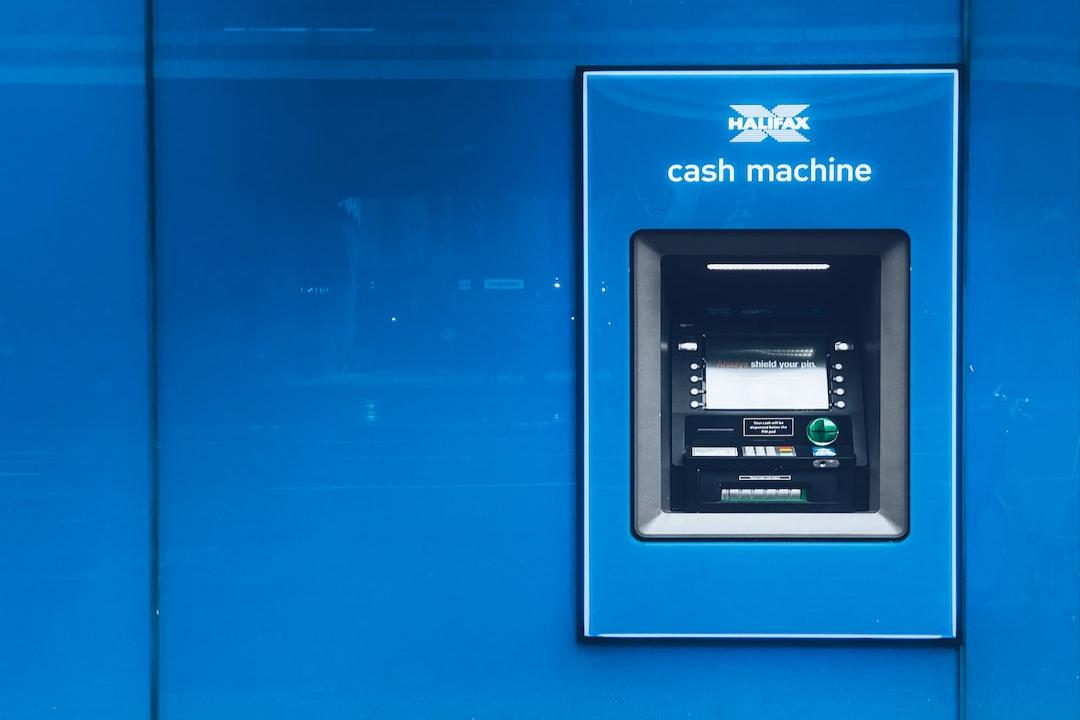In the field of cryptocurrency, many venture capital projects not only possess liquidity in the spot market but have also developed active derivatives markets. This is why crypto venture investing has become a distinct asset class. This article is based on a piece by José Maria Macedo, compiled, translated, and authored by Shen Chao.
(Previous context:
Metallica Fans Flood Solana! Top Band “Metallica” X Hacked, Meme METAL Explodes 6000%
)
(Background supplement:
Meme Coin Craze Continues: But Don’t Marry Your Memecoin, Beware of Playing with Fire
)
FDV is certainly not a meme. Since this article was published, I have been in discussions with OTC brokers, seeking to understand the secondary market structure for shorting assets. The findings were enlightening, so I wish to share them with you. In summary, I do not believe these will be bullish unlocks.

Many of these assets have active sellers, but there are few bids below 70% of the market price (referring to standard SAFTs, or Simple Agreement for Future Tokens, with a 1-year cliff and 2/3-year vesting).
In terms of trading volume, based on rough estimates from conversations with various brokers, the total trading volume of SAFTs is approximately $100 million. Considering these assets will unlock unrealized gains amounting to several billion dollars over the coming years, this is essentially a settled matter.
Simply put, “bullish unlocks” hope to see as low an unrealized profit-to-market value ratio as possible, as explained in the linked article.
Most tokens sit with significant unrealized gains from teams (0 cost basis) and early investors (you can calculate this yourself using tools like cryptorank.io). Coupled with very low float ratios (typically 5-15%), the trading prices of most projects are 4-8 times their unrealized profit market value, meaning the entire circulating market value of projects has 4-8 times unrealized gains.
Assuming from the Cliff Day, over a period of 2 years, this means assets worth the entire market value will unlock every 3-6 months. This makes it difficult to attract buyers, especially when their alternative beta positions are memecoins and other assets with no supply surplus.
One way to reduce this impact (besides increasing initial float) is higher secondary trading volume pre-issuance, ideally close to current market prices. This helps reset the cost basis of unlocked tokens and fundamentally reduces the unrealized profit-to-market value ratio (e.g., the now-famous Multicoin SOL auxiliary leading to the first unlock).
Unfortunately, I haven’t seen this scenario in the OTC trading market. In connection with this, I am working to understand the market structure. I don’t want to pinpoint specific assets, but many assets exhibit:
– Extremely high unrealized profit-to-market value ratios;
– No secondary demand even at ~70% below market price;
– Continued positive funding rates on Binance, with open interest reaching 8 figures;
– Who would covet these on CEX while showing little interest in purchasing secondary market assets at a 70% discount?
My assumption is there are unique frictions on both sides of the trade. I don’t have much insight into buyers, but I believe if they are spending money to go long on these things, they are likely retail gamblers who don’t understand vesting schedules or the immature nature of OTC trading platforms.
Sellers may include:
– Founders/teams with over 90% of new coins locked in token bags, thus no collateral or inclination to short;
– Investors in venture capital funds who cannot or do not have settings to short assets on CEX;
This is why opportunities to short these assets and profit from them still exist.
By the way, contrary to what doomsday theorists in CT tell you, this does not mean all cryptocurrencies are scams, nor does it mean assets with high unrealized profit market values will all go to zero.
I am very bullish on cryptocurrencies and believe some categories will rise through their unlocks because they have real-world applications.
However, there will also be long-tail assets that will go to zero. This is natural and expected in an asset class providing liquidity for early-stage venture capital. After all, most venture capital investments fail. In traditional venture capital, only a very small elite companies go public and have liquidity, while the long tail projects quietly fail.
In the cryptocurrency space, a higher proportion of venture capital projects eventually not only have spot liquidity but also have liquid derivatives markets. This is unheard of in traditional venture capital and is why crypto venture investing has become a unique asset class.
This also means the long-tail failures of crypto venture investments will be public and painful, where traders will either profit greatly or lose significant sums, rather than failing quietly.
This also means there are more structural shorting opportunities in cryptocurrencies than in any other asset class. In a way, you’re basically betting money on the fact that most startups fail.

Related Reports
The Power of Memes: Notcoin’s circulating market value exceeds the sum of zkSync+LayerZero, $NOT rebounds to $0.015
Meme Market Analysis》Five Common Memecoins: Whale Coins, Current Event Coins, Celebrity Coins…
Meme Coin Live Stream Promotion Sudden 90% Crash! Founder Tears: It wasn’t me who sold…


